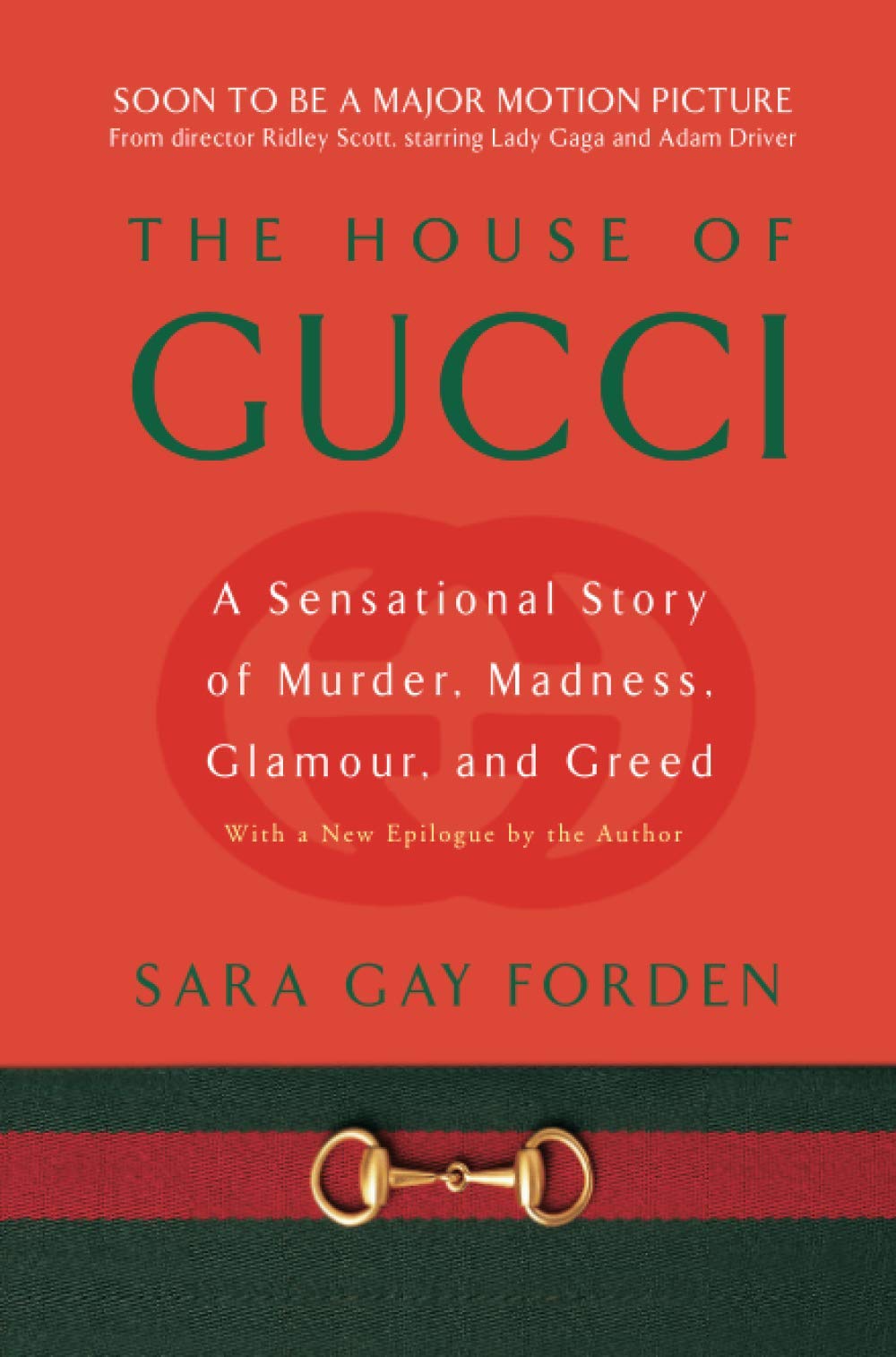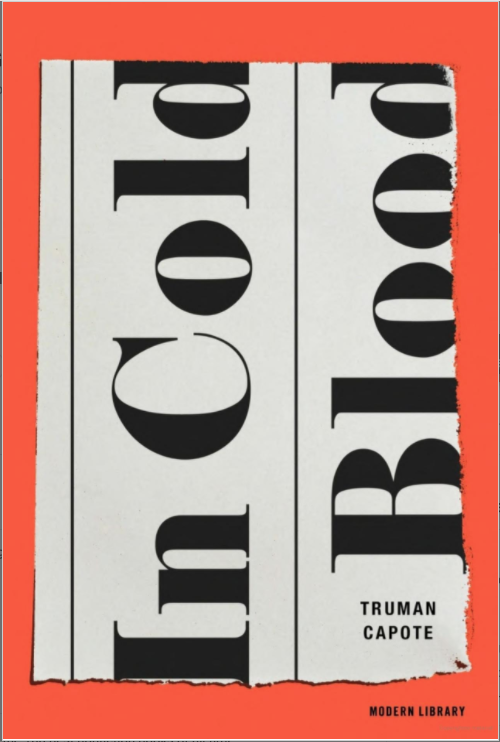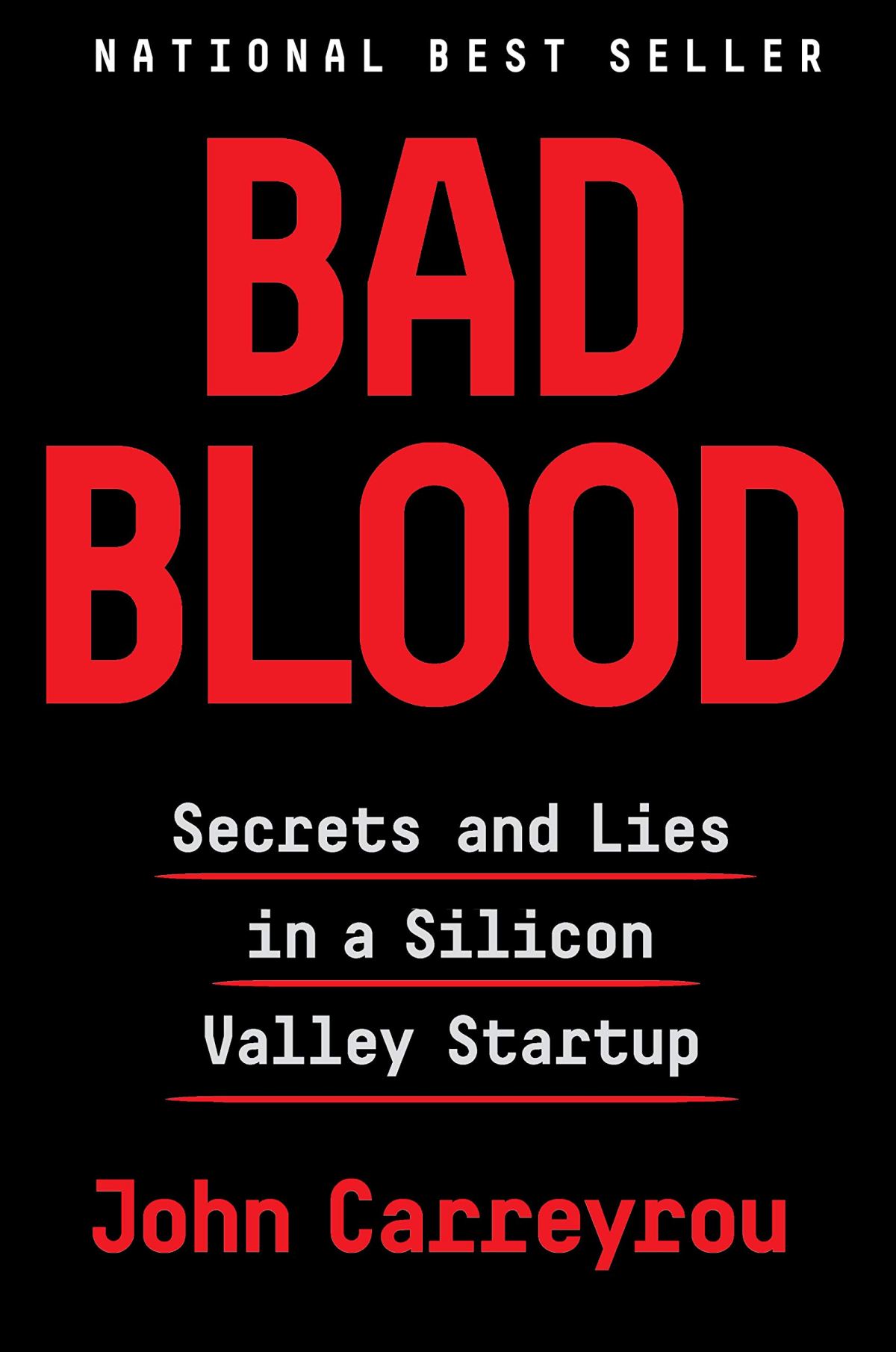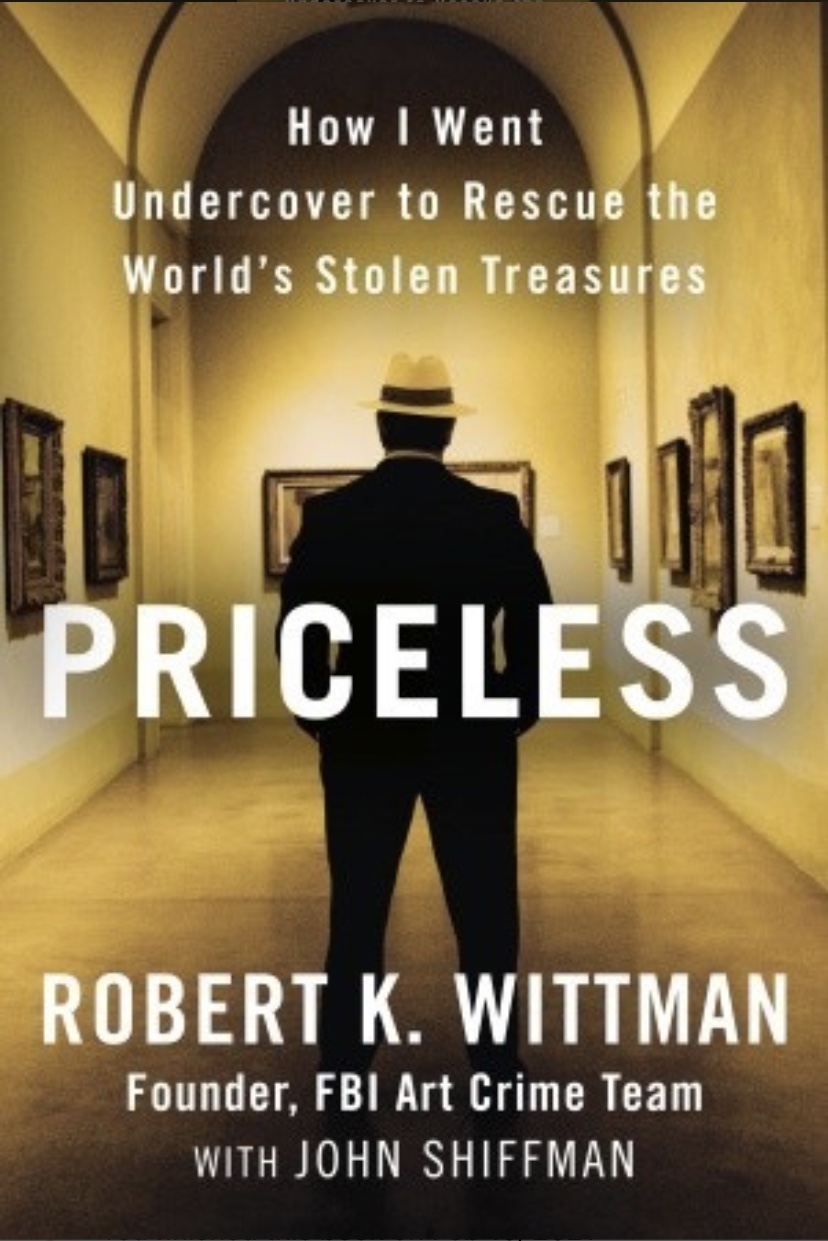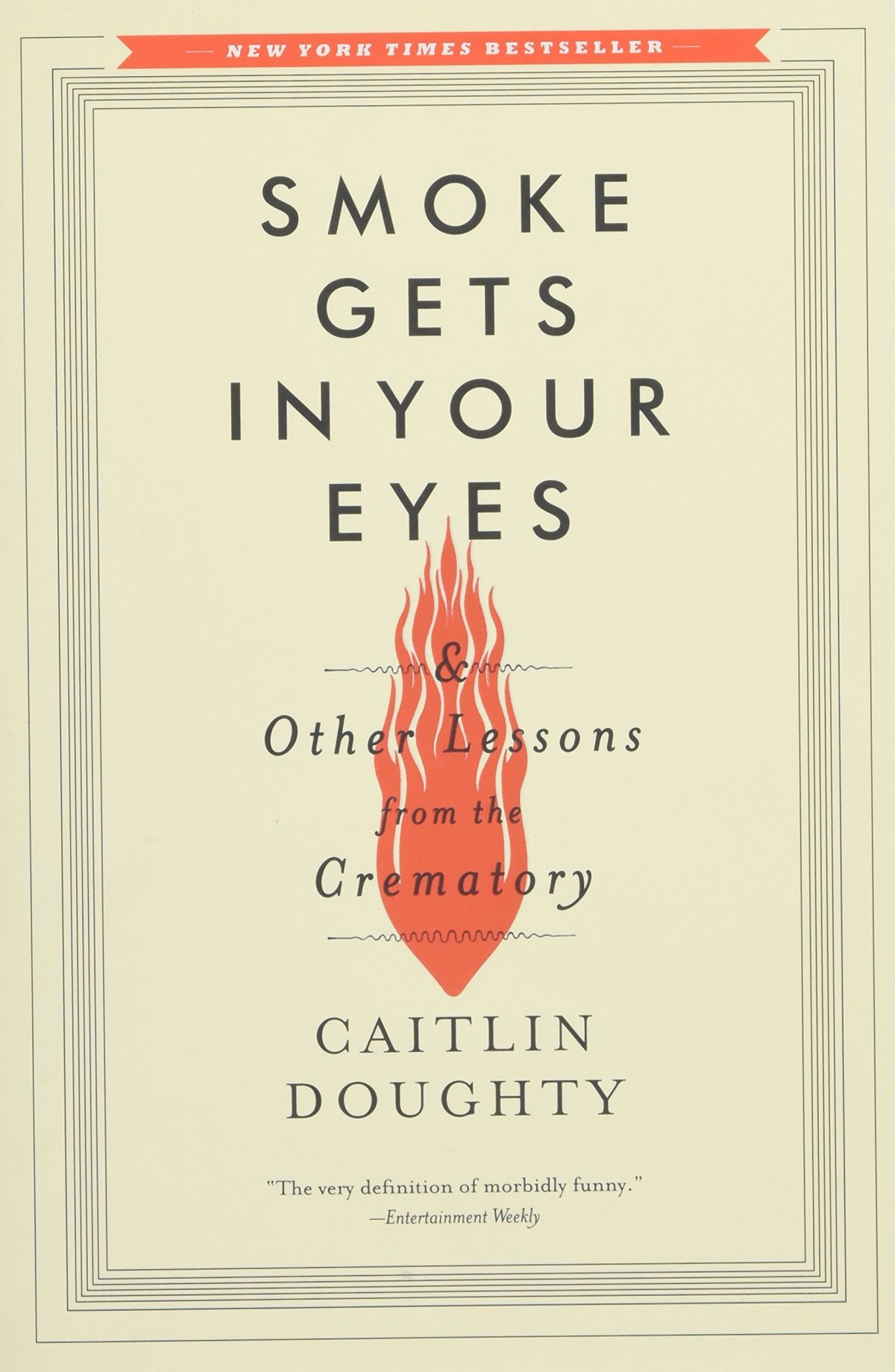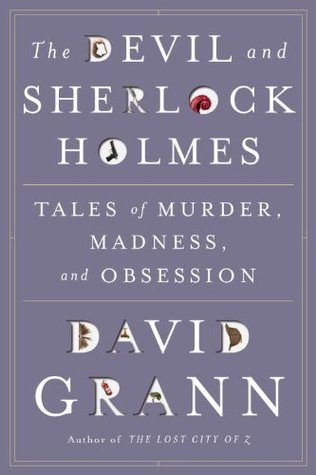- Started: November 19, 2021
- Finished: November 23, 2021
- Pages: 348
- Non-Fiction
- Rating: 4/5
REVIEW (BOOK)
If you couldn’t tell from the full title of this blog, books and fashion are two of my favorite things. I had had this book on my list for a while, even before I knew the movie was coming out, but added it to my hold list at the library as soon as we got tickets for opening night. As soon as I picked it up and saw how thick it was, I knew that it was going to be a more intense read than I expected. There was a family tree in the beginning, but it helped also pulling up the IMDB page for the upcoming movie so I could put faces – even if they were of actors – to names. The author had clearly done a ton of research and delved very deeply into the history of the brand, not just the internal family disputes.
The book starts off with Guccio Gucci creating the brand after being inspired by the luggage of the wealthy at the hotels where he was a bellhop and continued up until the book’s publication in the early 2000s. There was a lot of financial information – how the different subsidiaries operated internationally, how family shares were broken up, and how the firm eventually went public – and it was a lot to wrap my head around. The other thing I struggled with was a sense of time. The book was mostly chronological but occasionally chapters would delve specifically into a topic and go far and beyond the timeline we had been working in. Which did make sense but more dates could have been helpful. At the end, the author included a sweeping decade by decade overview of the fashion house and it really captured each period clearly and succiently.
If you are interested in the history of Gucci, or looking to learn more after watching the movie (which glazed over a ton!!), I would recommend this book. It’s not always the most interesting – and not due to the author’s writing style, I thought that it was colorful and lively – but just due to the nature of some of the content. That being said, it was extremely informative and such a deep dive into one of the world’s most recognizable brands. I learned so much and am glad I read it.
REVIEW (MOVIE)
Immediately after finishing the book, we headed to the theater to watch the movie. Since it was so very fresh in my mind, I was easily able to make comparisons to the book. It fell short. The acting was amazing, the settings beautiful, the designs gorgeous. But the script, just couldn’t pick a lane. It seemed to want to focus on Patrizia’s role in Maurizio’s life and death, but also needed to include various other background information on the family. Which totally makes sense! But then the murder/trial didn’t come up until the last ~20 minutes. And Patrizia wasn’t a huge focus in the book. We had a good understanding of their courtship and relationship after the divorce but not as much during their marriage.
The movie also completely removed one of Maurizio’s and Patrizia’s daughters which was jarring. I get that she might not have wanted to be included but it seemed as though the family was against the movie as a whole so that was a weird line to draw. Other things the movie changed was Maurizio’s relationship with Paola Franchi, his girlfriend at the time of his death. They made it seem as though the broke up with Patrizia because of her whereas there was never any indication that he had affairs in the book and he even had at least one other girlfriend worth mentioning between his separation and death.
The movie also introduces a small and real plot line over Maurizio’s inheritance of his father’s Gucci shares. In the movie, it is spelled out that the shares were not signed by his father, Rodolfo, before his death (which has huge tax implications) and later the financial police attempt to arrest Maurizio over the fraud. He runs away to Switzerland (again, real) and it is never mentioned again. In real life, there was a lot of evidence that the signatures on the shares had been forged – and people who were willing to admit they had falsely signed them – but Maurizio was acquitted on all charges. This was a pretty important plot point in showing a) he was bad at handling money/had his own personal issues that put the company at risk and b) he was continuously able to skate through life without consequences.
I think the movie would have been a lot stronger if there was a greater focus on one aspect of the story, be it the changing nature of the company itself, the specific family drama that transpired, or the relationship between Maurizio and Patrizia and how that led to his eventual murder. If you watch the movie without reading the book, I think that you will still find it disjointed and jumpy. I’m still glad we saw it because I love going to the movies, but it could have been much stronger.
